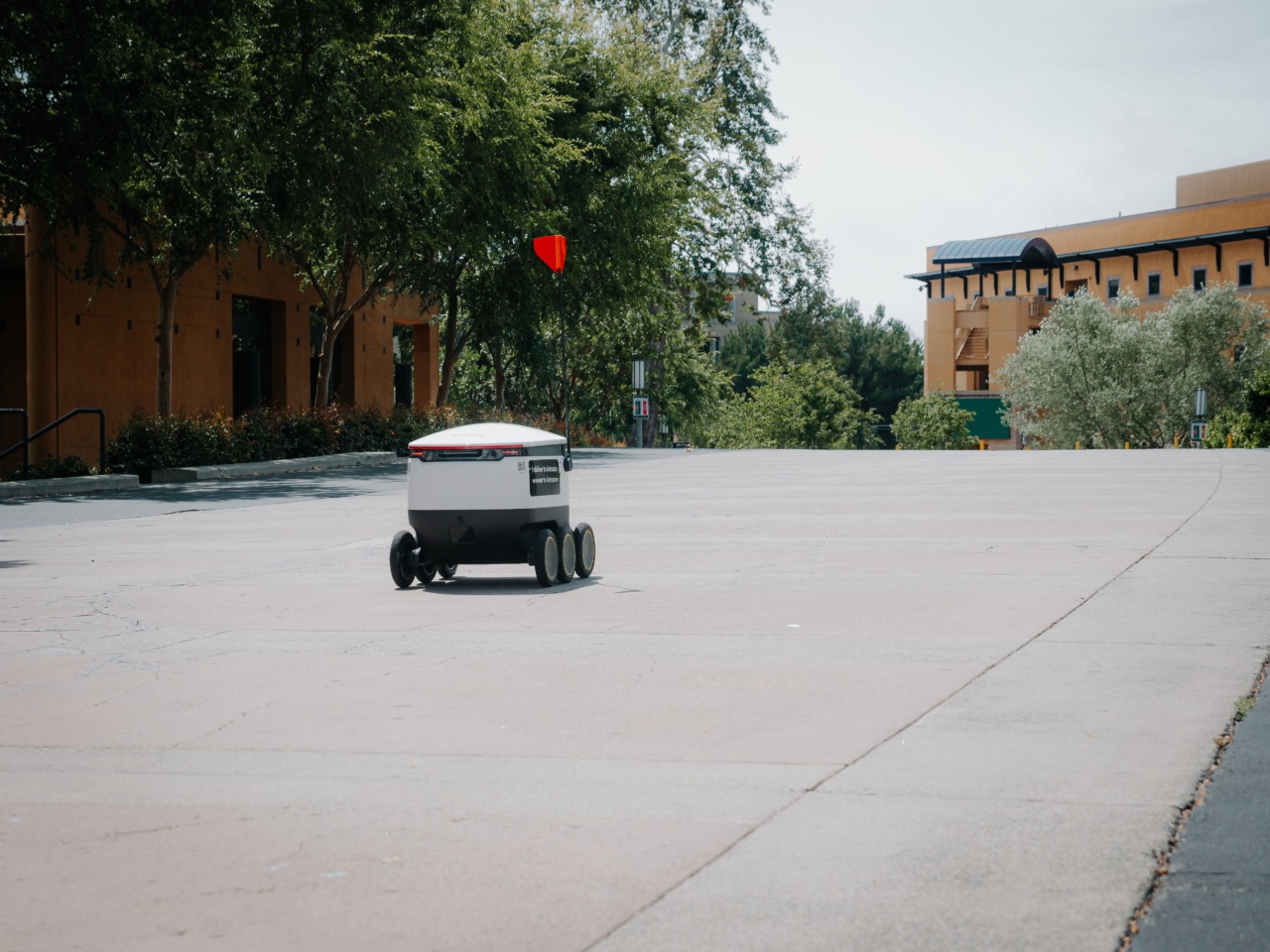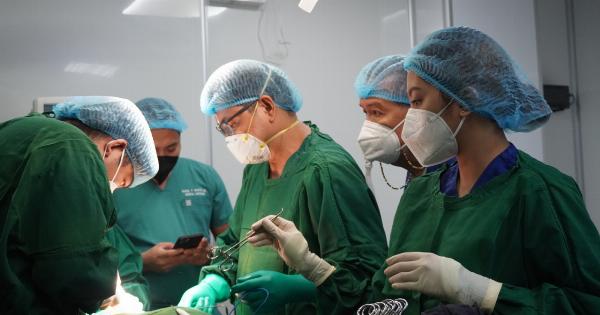In recent years, the medical industry has seen remarkable advancements in autonomous robotic technology, resulting in surgical procedures that are safer, more accurate, and less invasive than ever before.
Among the most exciting of these developments is the introduction of the first robot designed specifically for cardiac surgery.
What is Autonomous Robotic Technology?
Autonomous robotic technology refers to the use of robotic systems to perform medical procedures with limited or no human intervention.
These systems are typically controlled by sophisticated computer algorithms and can perform intricate tasks with greater accuracy and precision than human hands.
The use of autonomous robots in medicine has been growing steadily in recent years, particularly in the fields of surgery and diagnostic imaging.
These devices offer great potential for improving patient outcomes, reducing complications, and increasing the efficiency of healthcare delivery.
Why is Autonomous Robotic Technology Important in Cardiac Surgery?
Cardiac surgery is one of the most complex and challenging surgical disciplines, requiring a high level of precision and expertise to avoid potentially life-threatening complications.
Autonomous robotic technology offers several key advantages in this field, including:.
Enhanced Precision
One of the most significant advantages of autonomous robotic technology is its ability to perform procedures with unparalleled precision.
Autonomous robots are capable of making extremely small incisions with sub-millimeter accuracy, meaning surgeons can target specific areas of the heart with greater certainty and reduce the risk of damage to surrounding tissues.
Improved Safety and Reduced Risk of Complications
Autonomous robotic technology also greatly reduces the risk of complications during cardiac surgery.
The robotic system can be programmed to perform the procedure with a high degree of accuracy, ensuring that the surgeon avoids making any unnecessary incisions or mistakes. This results in less trauma to the patient, reduced blood loss, and a much lower risk of infection.
Faster Recovery Times and Shorter Hospital Stays
Finally, autonomous robotic technology can help patients recover faster and spend less time in the hospital following surgery.
Because the system is able to perform the procedure with such great precision, patients experience less tissue damage and can often return to normal activities much sooner than if they had undergone traditional open-heart surgery.
The First Robot Designed Specifically for Cardiac Surgery
The first robot designed specifically for cardiac surgery is already making waves in the medical community.
The robot, named CorPath GRX, is a fully autonomous system that is capable of performing percutaneous coronary intervention (PCI) procedures with greater accuracy and precision than a human surgeon.
PCI is a common procedure used to treat blocked arteries in patients with heart disease. During the procedure, a small tube called a catheter is inserted into the artery and used to deliver a small balloon that is inflated to open the blockage.
A stent, or small metal mesh, is then inserted to help keep the artery open.
CorPath GRX is able to perform this procedure with remarkable accuracy, thanks to its advanced imaging and navigation systems.
The robot uses a combination of fluoroscopy (x-ray technology) and intravascular ultrasound (IVUS) to create a 3D map of the patient’s arteries, allowing it to navigate to the exact location of the blockage with sub-millimeter accuracy.
Once the robot has reached the blockage, it uses a small catheter to perform the PCI procedure, all while being controlled by a remote physician who is able to see the procedure in real-time via a video monitor.
The entire procedure can be completed with a single-incision, meaning patients experience less trauma and shorter recovery times compared to traditional open-heart surgery.
The Future of Autonomous Robotic Technology in Cardiac Surgery
The introduction of the first robot designed specifically for cardiac surgery is just the beginning of what promises to be a revolution in the field of medicine.
As autonomous robotic technology continues to evolve, we can expect to see even greater advancements in the speed, accuracy, and safety of surgical procedures.
In the near future, we can expect to see the introduction of robots capable of performing even more complex procedures, such as heart valve replacements and minimally invasive bypass surgery.
These robots will offer physicians greater control and precision, while reducing the risk of complications and improving patient outcomes.
Overall, the future of autonomous robotic technology in cardiac surgery looks very promising.
With continued investment and research into these groundbreaking systems, we can look forward to a future where surgical procedures are safer, more precise, and more efficient than ever before.





























